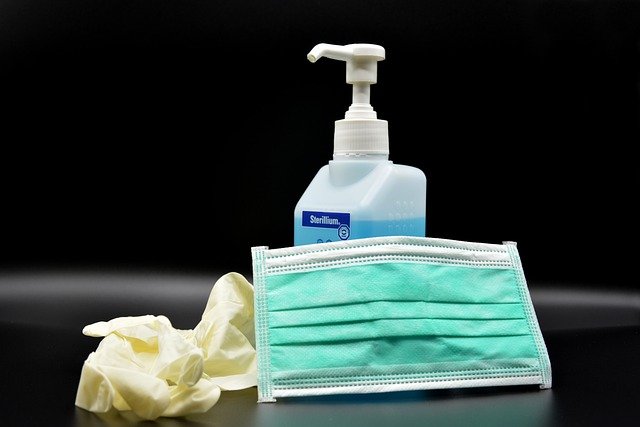An Evidence-Based Approach to Reducing the Risk of Contracting COVID-19
It can often seem that scientists are discovering something new about the COVID-19 virus on a daily basis. With so many reports to go through, it can be rather difficult to determine the exact precautions or measures that you should be taking.
If this is something that you have been struggling to understand, don’t be concerned. The following article helps you to come to terms with the best possible approaches that you should take, based on science.
Wearing a Mask
Believe it or not, personal protective masks are one of the top ways to reduce the spread of the virus. But how do they work and why are they effective? One of the reasons that people are hesitant to wear face coverings is because they imagine that it simply prevents them from transmitting the infection.
Now, to a certain degree, this is true. These coverings do reduce the risk of transmission quite a bit. And, this is particularly important with this disease as many people can be asymptomatic but still infectious. However, there is more to masks than meet the eye.
As you may be aware, the virus can be transmitted through the air droplets sprayed when speaking, sneezing, and coughing. If you wear a mask when you are in a crowd, though, many of these droplets are prevented from making it to your nose or mouth. As such, the rate of transmission reduces.
Being Diligent About Hand Hygiene
The microbes of the COVID-19 virus don’t just travel through air droplets. You are just as likely to transmit them from your hands to your eyes or nose. This is why it is important to engage in proper hand hygiene at all times. Avoid touching surfaces and your face as much as possible.
At the same time, you should get into the habit of washing your hands thoroughly with soap. Of course, it isn’t always possible to have access to soap and water. In instances such as this, you need to use hand sanitizer. Contrary to popular belief, though, not all brands will do. You must use a brand like Apexlab hand sanitizers that contain at least 60 percent of alcohol.
Employ Social Distancing When Outside of the House
There is no denying that social distancing can be rather tricky to manage when you are out in the world. However, it is a measure that you should follow. This is especially important because so many people don’t wear masks or engage in proper hand hygiene.
When it comes to the ideal distance between you and strangers, more is better. The farther you are away from people, the less likely it is for you to be infected via air droplets. Since space constraints are something that you do have to contend with, though, maintain a minimum of six feet distance from other individuals.
Most air droplets expelled from sneezing or coughing can cover a distance of six feet. However, rigorous coughing or sneezing can cause the air droplets to move up to 10 feet away. So, always mind your distance.
As you can see, there is a scientific basis for why you should be following the above guidelines. Maintain these and you should be a whole lot safer.

Rob Teitelman is an avid blogger and digital marketing enthusiast with years of experience creating content for businesses and brands. His work has been published on major publications and blogs across North America, covering a variety of niches from tech to real estate. Recreational guitarist, amateur photographer and avid fan of all things technology and gadgets.

